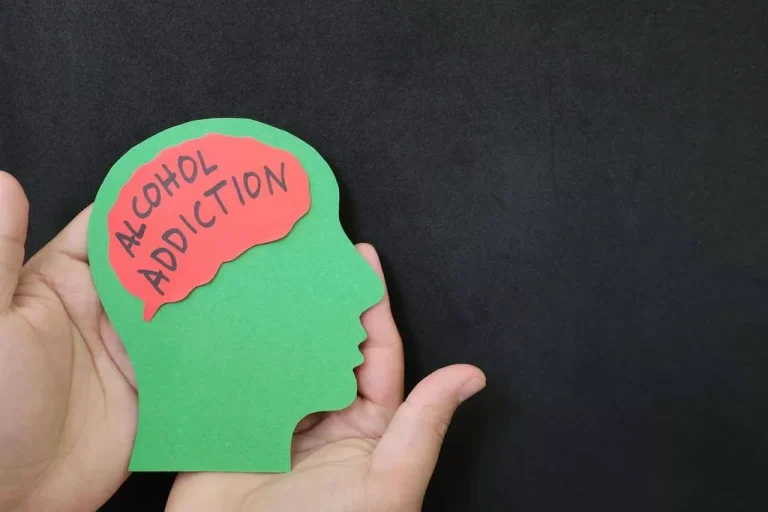
Once the https://ecosoberhouse.com/boston-sober-house-mattapan/ damage is considered irreversible, it’s difficult for the heart and rest of the body to recover. Incidence of alcoholic cardiomyopathy ranges from 1-2% of all heavy alcohol users. It is estimated, approximately 21-36% of all non-ischemic cardiomyopathies are attributed to alcohol. The prevalance of alcoholic cardiomyopathy in addiction units is estimated around %.
Quebec‘s beer drinker disease
The pathologic and histologic findings of alcoholic cardiomyopathy (AC) are essentially indistinguishable from those of other forms of alcoholic cardiomyopathy dilated cardiomyopathy (DC). Findings from gross examination include an enlarged heart with 4-chamber dilatation and overall increased cardiac mass. Histologically, light microscopy reveals interstitial fibrosis (a finding that has been shown to be prevented by zinc supplementation in the mouse model), myocyte necrosis with hypertrophy of other myocytes, and evidence of inflammation. Electron microscopy reveals mitochondrial enlargement and disorganization, dilatation of the sarcoplasmic reticulum, fat and glycogen deposition, and dilatation of the intercalating discs. A diverse variety of arrhythmias appear early and may worsen the course of ACM, atrial fibrillation being the most frequent 60 and ventricular tachycardia the most deleterious 61.

What are the symptoms of alcoholic cardiomyopathy?
This can occur through direct means, by promoting the generation of free radicals, or indirectly, by triggering the release of hormones, such as angiotensin II, or activating other systems. Moreover, alcohol may reduce the levels of transport proteins and diminish antioxidant activity by decreasing the plasma concentration of antioxidant enzymes. These mechanisms contribute to the development of oxidative stress, which is responsible for the onset of cardiomyopathies and ischemia-reperfusion injury. Using a C56BL/6J mouse model, Hu et al. investigated the effects of chronic ethanol consumption on long-chain fatty acid (LCFA) uptake, LCFA gene expression (e.g., genes/proteins involved in esterification of triglycerides), LCFA transporters, and cardiac structure and function (33). Animals received different concentrations of ethanol in their drinking water (10%, 14%, 18% v/v) for variable weeks (12, 8, and 4, respectively). In all three ethanol groups, compared to control groups there was a significant increase in heart weight-to-body weight ratios.

Treatment / Management
We reviewed the effects of ethanol on the cardiovascular system in 1996 15, including aspects of inflammation 16, rhythm disturbances 17, and hypertension 18. In 2001 we updated the data on the ambivalent relationship between alcohol and the heart 19 and in 2008 added new evidence on a larger cohort of patients with different forms of cardiomyopathy and increased alcohol intake from the German competence network on heart failure 20. Regarding ICD and CRT implantation, the same criteria as in DCM are used in ACM, although it is known that excessive alcohol intake is specifically linked to ventricular arrhythmia and sudden cardiac death71. As it is not uncommon in ACM for patients to experience a significant recovery of systolic function, it is particularly challenging in this disease to decide the most appropriate time to implant an ICD and whether it is necessary to replace a previously implanted device. Future studies in ACM should also address this topic, which has important economic consequences. This is because the ethanol molecule has a small size and is highly reactive, with many cell targets.

This refers to the finding in the last century that moderate alcohol consumption could be the reason for the relatively low cardiovascular disease incidence in wine-drinking regions 92. Renaud and de Lorgeril 93 suggested that the inhibition of platelet reactivity by wine may be one explanation for protection from CAD in France. Alterations caused by heavy alcohol intake have also been studied from the perspective of histopathology. Emmanuel Rubin analysed muscle biopsies from individuals who were previously non-drinkers and were submitted to a balanced diet with heavy alcohol intake during one month41. Although no significant changes were found using conventional microscopy, when electron microscopy was employed he discovered intracellular swelling, glycogen and lipid accumulation, and alterations in the structure of the sarcoplasmic reticulum and of the mitochondria (Figure 2).
- In his 1972 review article, Bridgen was the first to introduce the term alcoholic cardiomyopathy 27.
- Furthermore, it is now evident that mitochondria function in networks and that when mitochondria become damaged their function can possibly restored by fusion with neighboring mitochondria (55).
- A decrease in cardiac preload with diuretics and postload with angiotensin-converting-enzyme inhibitors or beta blockage agents allows for an improvement in signs of acute heart failure 19,131.
Overall data with regards to alcohol induced cardiomyopathy is insuffienct and does not illustrate significant available data. In the Caerphilly prospective heart disease study, platelet aggregation induced by adenosine diphosphate was also inhibited in subjects who drank alcohol 99. Assessing differences between various forms of alcoholic beverages it should be noted that resveratrol leads in vitro to platelet inhibition in a dose-dependent manner 100 and has shown effects on all-cause mortality in a community-based study 101. Polyphenols of red barrique wines and flavonoids have been shown to inhibit endothelin-1 synthase 102 and PDGF-induced vasoproliferation thus also contributing to cardiovascular protection 103. As early as in 1915, Lian 45 reported in middle-aged French servicemen during the first world war that heavy drinking could lead to hypertension.
7. Gender Differences in ACM
Since cardiac myocytes are excitable cells, and ethanol may easily damage this excitation–contraction mechanism, disruption of this coupling mechanism is involved in the ACM pathogenic process 19,58. Ethanol may produce the modification of sarcolemmal membrane L-type Ca2+ channels, leading to a decrease in transmembrane electrically induced Ca2+ transients 85,103,127. One of the most relevant targets of ethanol in the membrane is the disruption of membrane receptor composition and activities 86. The ryanodine L-type Ca2+ receptor at the sarcoplasmic reticulum (SR) is also significantly affected by ethanol in a dose-dependent manner 86,102. This causes a decrease in sarcolemmal contraction and also disturbance in other intercellular organelles dependent of i.c. As an adaptive process, chronic alcohol consumption induces up-regulation of myocardial L-type Ca 2+ channel receptors, whose activity decreases in the presence of cardiomyopathy 103.

- More than 1.8 million individuals in Germany with a total population of 81 million inhabitants are alcohol dependant.
- In fact, both molecules are directly cardiotoxic, decreasing structural protein synthesis and heart contractility and increasing oxidative and metabolic damage, leading to autophagy 20,75.
- If you have the condition, your healthcare professional might recommend that your family members be checked.
- The source was identified to be the filter of choice for wine and beer, i.e., diatomaceous earth 36.
Others have also found a significant decrease in intramitochondrial isocitrate dehydrogenase activity (20,24). Others have found an increased level of fatty acid ethyl esters in the alcoholic heart, which can attach to the mitochondria and disrupt mitochondria respiratory function (32). There are several plasma biomarkers of oxidative stress, such as 8-isoprostane (34). In a nonhuman primate model (cynomolgus and rhesus monkeys) following 12 months of alcohol consumption (3.3 ± 0.2 g/kg alcohol/day), Cheng et al. found marked increases in plasma 8-isoprostane levels in animals consuming alcohol (124.8 ± 11 pg/ml) compared to controls (28 ± 5.1 pg/ml) (46).
